Obituary: Crispin Gonzalez
Ceramicist, mentor, friend
Crispin Gonzalez, Jr., a celebrated Claremont ceramicist, died on January 21, 2017. He was 80.
Born in Claremont on April 13, 1936 to Crispin Gonzalez, a citrus worker who eventually became a groundskeeper at Pomona College and his wife Petra Avila, Crispin Jr. was to be the oldest of 16 children. The Gonzalez family were raised in a home on Cornell Avenue near First Street, in a neighborhood then known as the West Barrio. When Crispin attended kindergarten at Sycamore, the elementary school was segregated. He and other local Hispanic children were required to enroll in the “Mexican School,” which consisted of one large room and a separate playground. By first grade the school was integrated, and he often said that the first two important words he learned in English were “recess” and “lunch.”
He attended Claremont High School where he was guard and co-captain of the football team, graduating in 1955. Mr. Gonzalez attended Mt. San Antonio College before transferring to Claremont Men’s College, now Claremont McKenna. In 1958, he interrupted his studies to join the US Marines and served four years before being honorably discharged in 1962 at the rank of corporal.
Upon his return to Claremont, he immediately reconnected with former CHS classmate, Kirsten Aase. The couple had dated in high school and briefly after starting college, then parted to pursue separate career paths. They continued to correspond, however, and the spark continued to grow. They were married in 1963 and soon welcomed two daughters, Maria Consuelo and Jennifer.
Returning to Mt. SAC, Mr. Gonzalez graduated with an associate’s degree in 1963. It was in this year he first discovered clay in a ceramics class taught by Jerry Martin, of Claremont’s original Raku. Crispin transferred to Cal State Fullerton in the fall of 1963, with a major in international relations. Enrolling in another ceramics class at CSUF, taught by Jerry Rothman, Crispin realized this was his true passion and changed his major to art. He received his bachelor’s degree in art in June of 1965 and won a fellowship to the Claremont Graduate School, now university, earning his MFA with emphasis on ceramics in 1968. His primary instructor at CGS was Henry Takemoto, but he was also influenced by the work of Paul Soldner and Peter Voulkos.
Mr. Gonzalez served as an adjunct professor in ceramics for graduate and undergraduate students at Cal State LA, USC and Pitzer College from 1968 through 1971. In the summer of 1971, a full-time position opened at Chaffey College where he was hired to teach ceramics and printmaking but soon focused completely on ceramics, developing separate classes in kiln-building and glaze techniques as well. Mr. Gonzalez remained at Chaffey for 33 years until his retirement in 2005. Many of his students were inspired by him to pursue higher degrees in ceramics and open their own studios. Ardon Alger, a professor, art department chair and head of the faculty senate at Chaffey College, observed that, “As an artist, he was prolific and was very creative. He was also a mentor and a model for a number of ceramics students over the years, many of whom turned out to be quite good artists and teachers.”
One summer, Steve Gonzalez, a younger cousin, took a ceramics class from Mr. Gonzalez at Chaffey. Steve went on to study ceramics in college and even traveled to Japan to study raku pottery. “He was very generous with his time and his talent, helping us be the best potters we could be and to think more broadly about art and aesthetics,” Steve said. Tony Cisneros studied ceramics with Mr. Gonzalez at Chaffey and although he stopped doing ceramics for a number of years, Mr. Gonzalez never stopped pulling for him, according to Tony’s brother Barry Cisneros. “Every time I would see Cris, he would ask me, ‘Is Tony doing ceramics again?’ Ten years ago, Tony went back to ceramics and Cris was overjoyed,” he recalled.
In the early 1990s, Bill Waters decided to get back into ceramics and took a kiln-building class from Mr. Gonzalez at Chaffey College. After Mr. Gonzalez realized his new student knew his way around clay, they became colleagues. “He encouraged me quite a bit,” Mr. Waters said. “He just opened up his studio to me and I received a lot of wonderful tips from him.” Mr. Gonzalez—whom Mr. Waters called “gregarious and reserved at the same time”—invited his student-turned-friend to raku parties, many of which drew scores of attendees.
Mary Beirele, another former student and now a ceramics teacher, writes, “The tendrils of Cris’ teaching spread from Chaffey College across America. His mentoring guided many timid art students to careers in art. He had a distinctive style of teaching that helped each of us find our own expressive voice. Cris spent many extra hours helping us understand complex ceramic technical problems so that our work could fully reflect our artistic vision. His generosity frequently spilled outside the classroom as he often donated his own work and time to our community to spread the joy of ceramics. Cris Gonzalez helped inspire new directions in my life and I am grateful to have known him.”
In addition to teaching, Mr. Gonzalez actively pursued his own studio practice. He was extremely knowledgeable about the history of ceramic art and tended to work in focused series, such as his “Ocean Boogie” series inspired by undersea life or his “Drive By” series memorializing victims of shootings in Los Angeles. He consciously revived traditional ceramic forms, reproducing patterns found in Native American, Aztec and Mayan pottery, as well as decorative motifs from ancient Greece and historical glazes from Korea and Japan.
His work was featured in several well-known shows and collections, beginning with the 24th Ceramic National Exhibition of the Everson Museum of Art, Syracuse in 1966, for which he received a Purchase Award and was included in the traveling exhibition, through some 65 subsequent exhibitions, including a 1973 International Pottery Design Competition in Nagoya, Japan and the Scripps Annual Invitational twice. His work is in several museum and private collections, including among others, the Fred Maher collection, the Sam Maloof collection, AMOCA (American Museum of Ceramic Art) and Scripps College. Mr. Gonzalez was a valued member of AMOCA’s acquisition board, according to AMOCA founder David Armstrong.
“Cris will be very much missed because he brought to the table the knowledge of the creation of ceramics in judging things we wanted to add to our permanent collection. He could attest to the stability and artistic rendering of every piece that we looked at,” Mr. Armstrong said. Local fabric artist and avid collector of his work, Helen Feller of the Gypsy Sisters notes, “He was a lovely, sweet man and we found form and color in common.”
After retirement, Mr. Gonzalez continued to produce ceramics for 10 years at his studio in Claremont and was featured in “LOCUS I,” the first group show of the Claremont Museum of Art in 2007, as well as at the CMA-sponsored Padua Hills Art Festivals. A public advocate of the arts well into his seventies, he demonstrated both hand-building and wheel-throwing ceramics at the Millard Sheets Art Center at the LA County Fair from 2007 to 2013. He also regularly donated his work for fundraising auctions to support nonprofit and educational groups in Claremont and the region.
Although his primary focus was clay, his daughters remember him as a multi-dimensional man with a passion for wood working, kite building and flying, world music, jazz, flute and Frisbee playing and cooking. When Consuelo and Jennifer were young he would occasionally take them to Chaffey College on weekends to play with clay while he fired kilns. While working, Crispin had “a peaceful concentration,” his daughter Jennifer said. “He would set us up with clay and water and tools and sometimes center some clay on a wheel for us. He was an incredibly creative and kind father who shared his knowledge easily. He never criticized us and he had a great sense of humor.”
Mr. Crispin Gonzalez is survived by his wife of 53 years, Kirsten Aase Gonzalez; his daughters Maria Consuelo Gonzalez and Jennifer Ann Gonzalez; his grandsons Karl Crispin Dyer and Kinan Leif Felix Gonzalez-Sack; his brothers Hector Gonzalez, Michael Gonzalez, Martin Gonzalez and Frank Gonzalez, and his sisters Jo M. White, Maria Alicia Gonzalez-Combs, Lupe G. Anderson, Juanita M. Gonzalez, Patti M. Gonzalez and Anita Potthoff. He was preceded in death by his sisters Perfecta Gonzalez and Terri Gonzalez Brock and his brothers Salvador Gonzalez, Leonard Gonzalez and John Gonzalez.
A memorial service is set for Saturday, March 18 at 11 a.m. at Todd Memorial Chapel, located at 325 N. Indian Hill Blvd. in Claremont. In lieu of flowers, the family suggests donations be made to the Claremont Community Senior Services/Enrichment Center (763 W. Harrison Ave., Claremont, CA 91711) or the Claremont Museum of Art (claremontmuseum.org). If you are a collector of Crispin Gonzalez’s ceramic art, please consider sending an image of the work(s) you own to crispingonzalezarchive@gmail.com to aid in the preparation of a forthcoming exhibition and catalog.


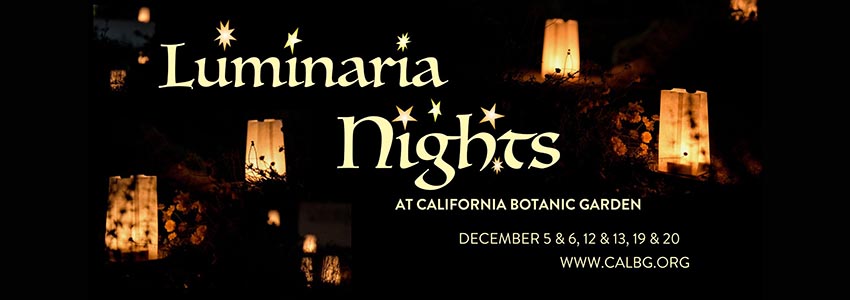
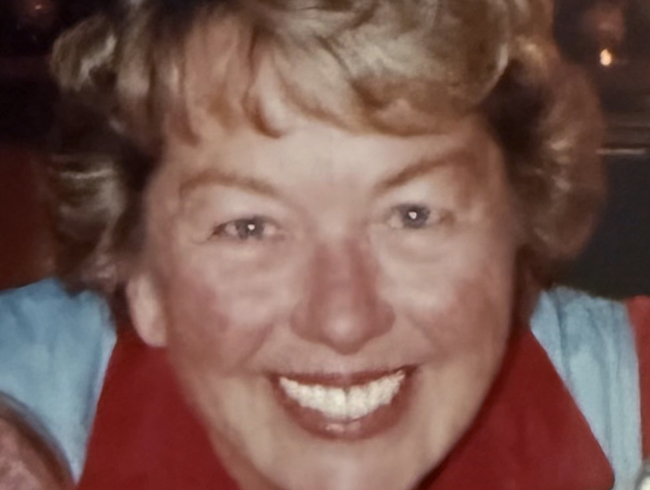
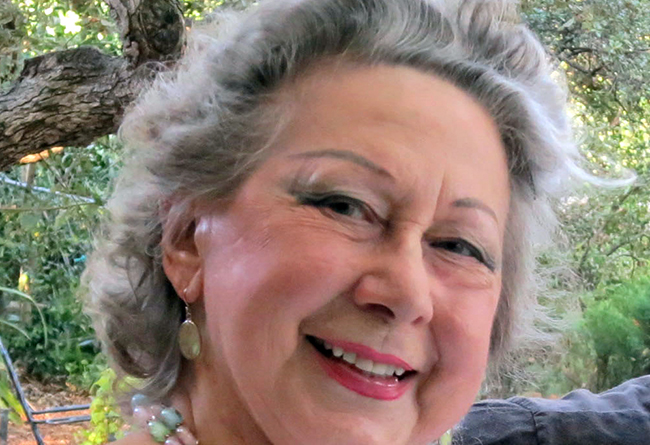
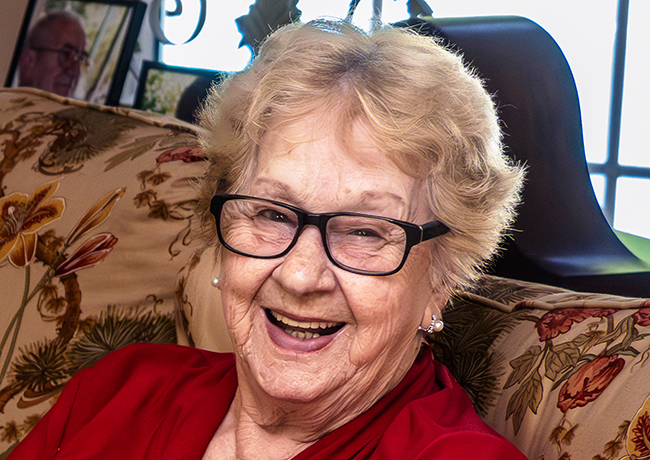

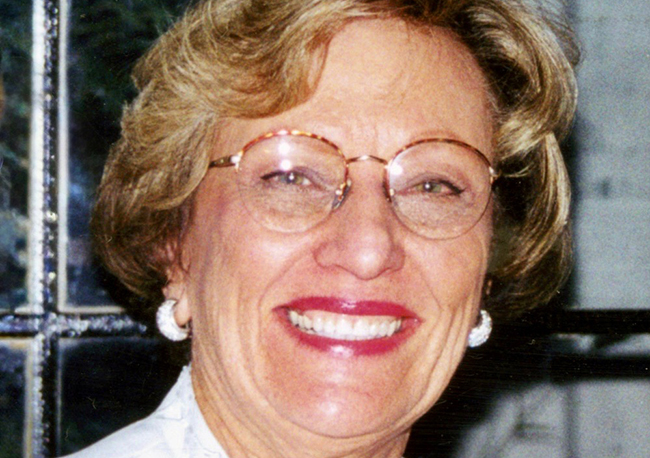
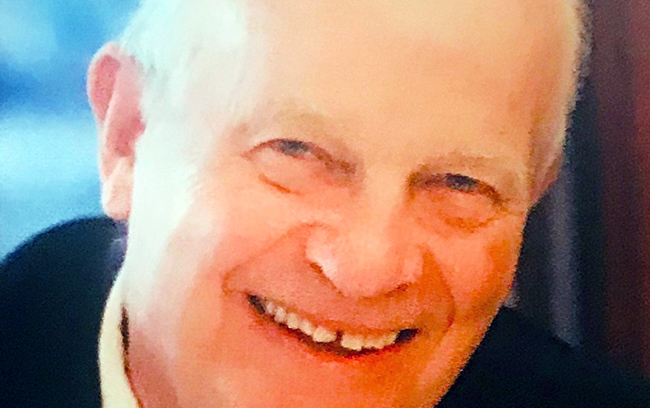

0 Comments